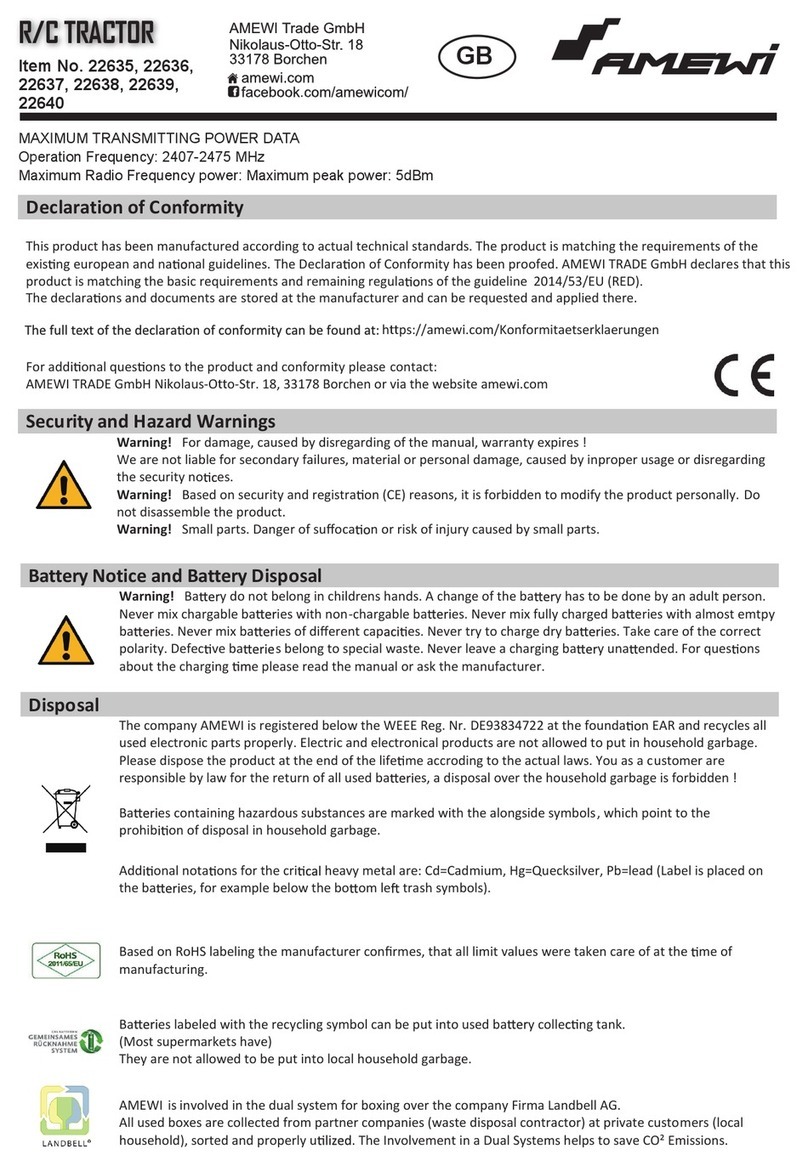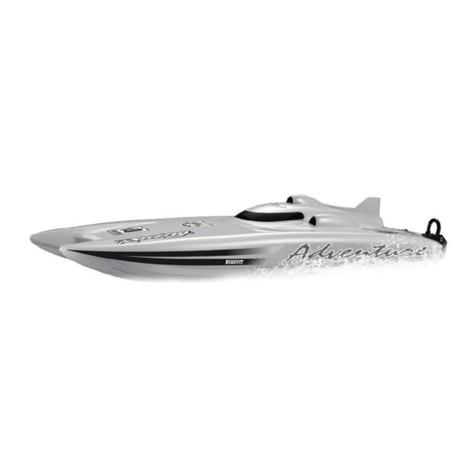Amewi DragonFlite 95 User manual
Other Amewi Toy manuals

Amewi
Amewi KITA-1 User manual
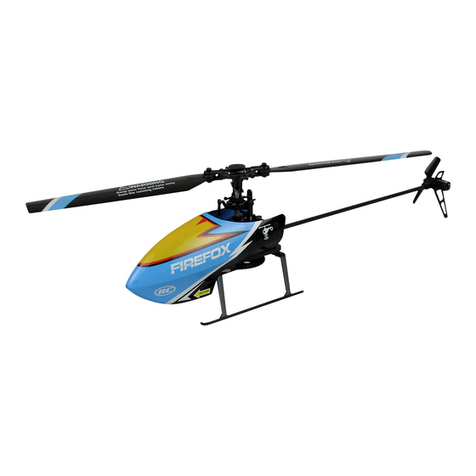
Amewi
Amewi AFX4 XP User manual
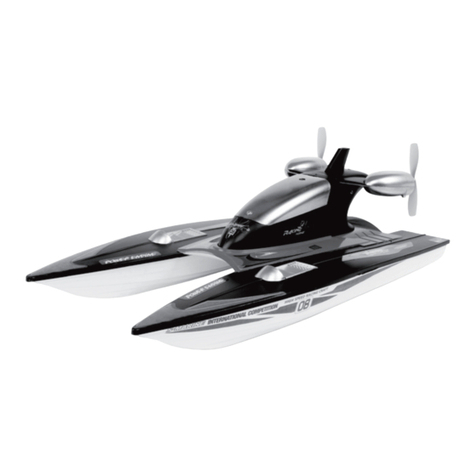
Amewi
Amewi 26094 User manual
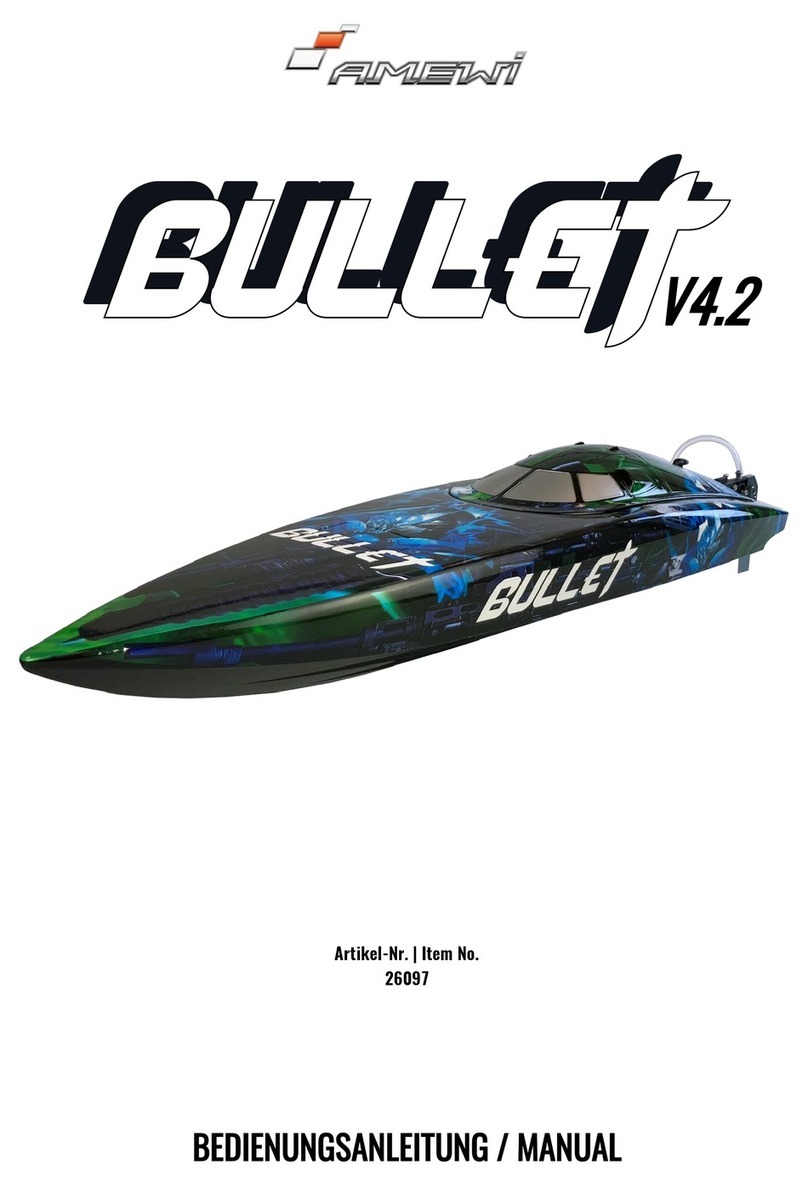
Amewi
Amewi Bullet User manual
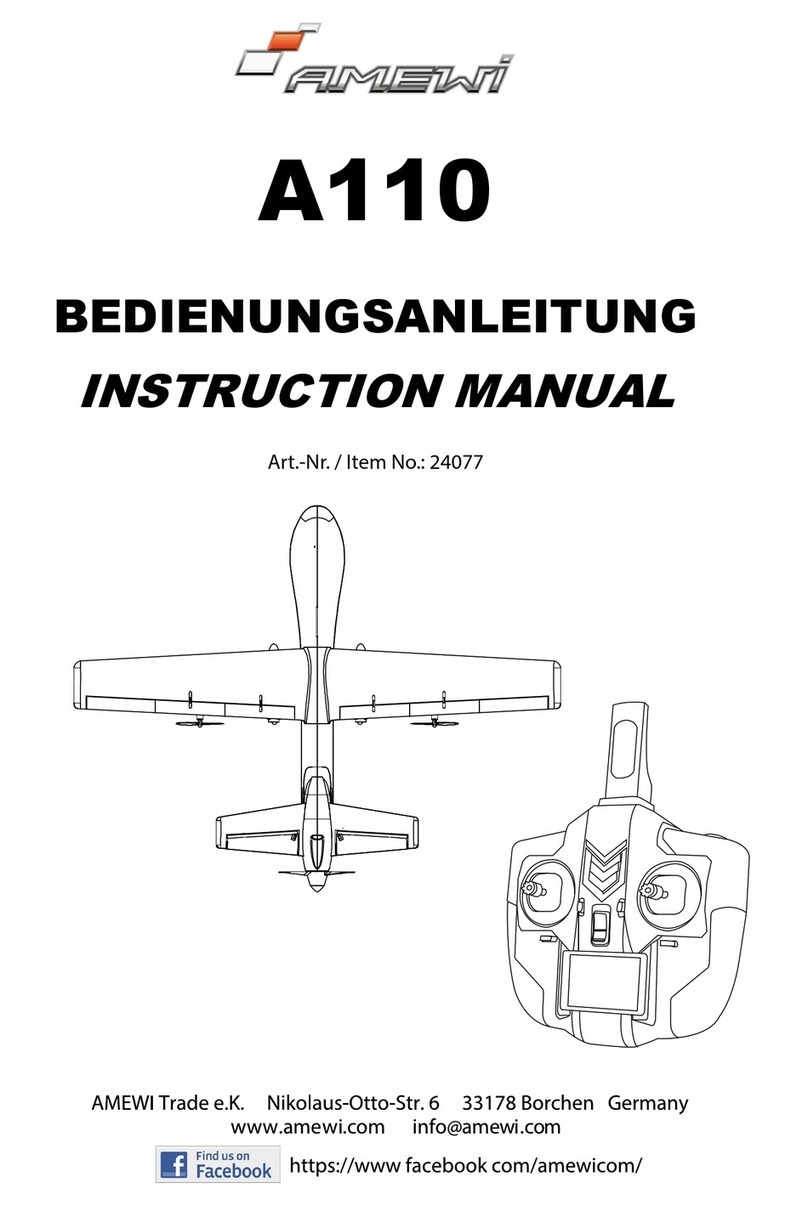
Amewi
Amewi A110 User manual

Amewi
Amewi COASTGUARD UH-60 BLACK HAWK User manual

Amewi
Amewi 26069 User manual

Amewi
Amewi TIGER S User manual
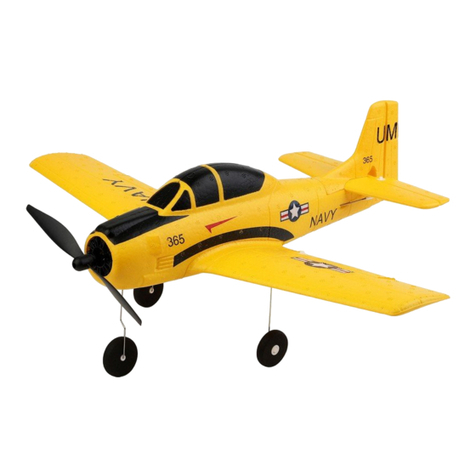
Amewi
Amewi AMXFlight P40 FIGHTER User manual
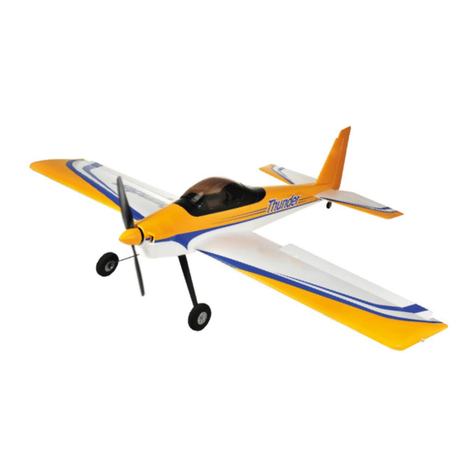
Amewi
Amewi THUNDER 1400 User manual
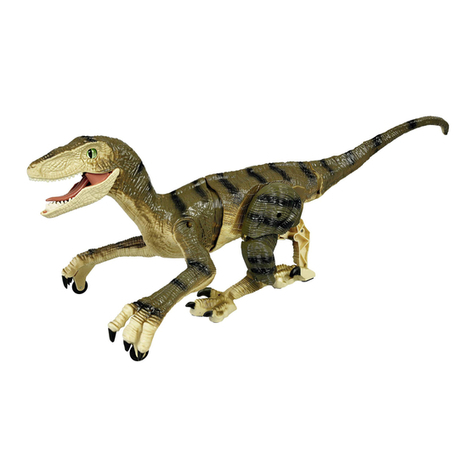
Amewi
Amewi RC DINOSAURIER 40008 User manual
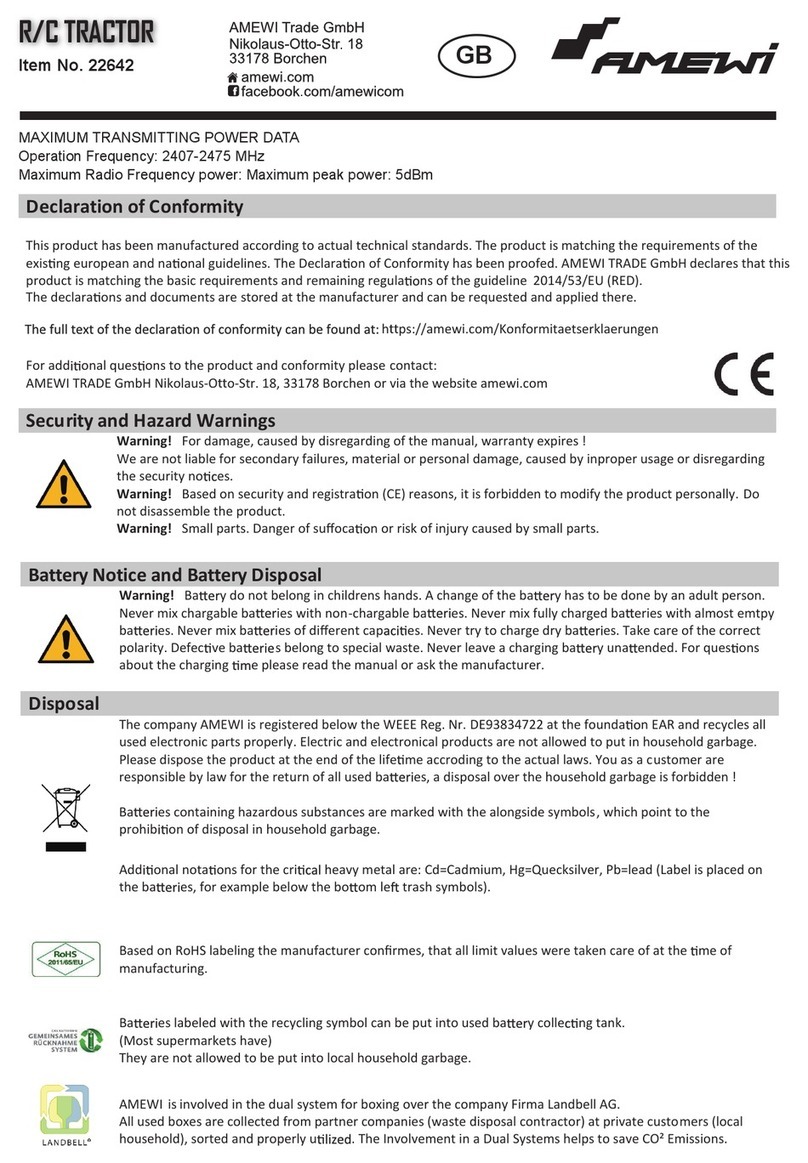
Amewi
Amewi 22642 User manual

Amewi
Amewi Fishing Surfer User manual
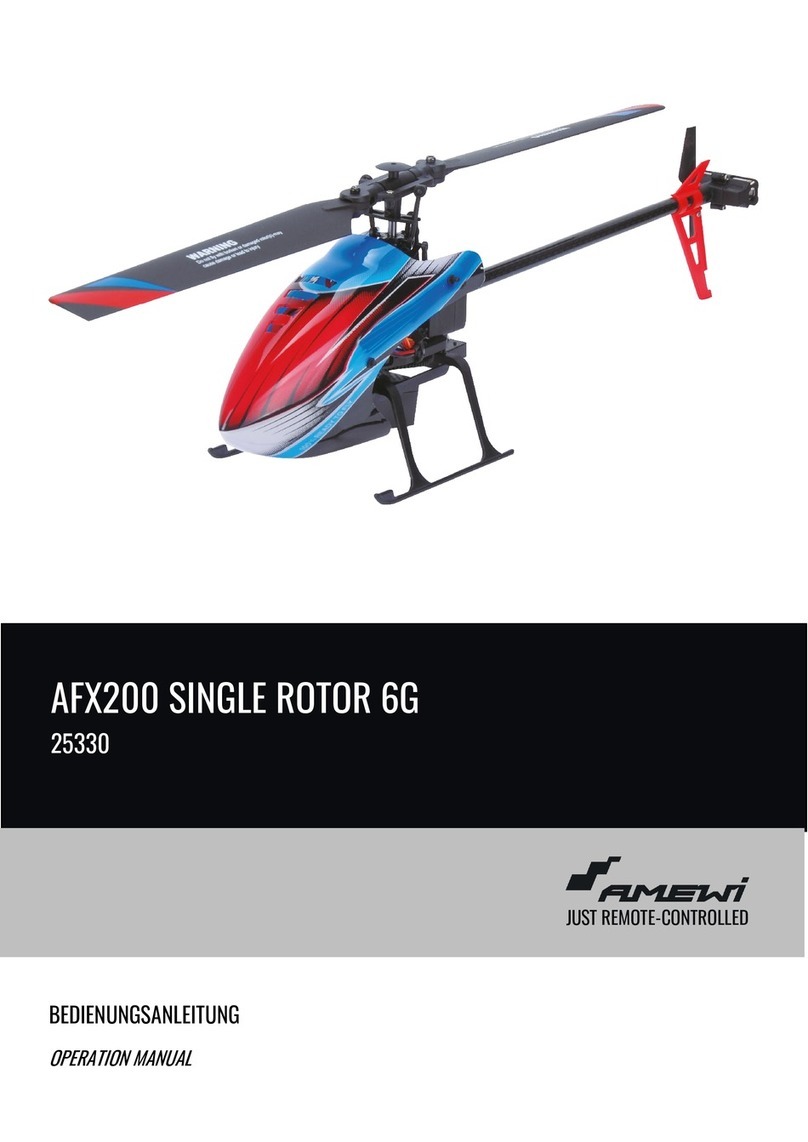
Amewi
Amewi 25330 User manual
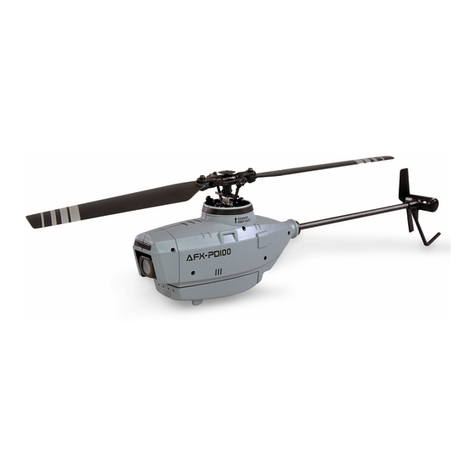
Amewi
Amewi AMXFlight AFX-PD100 User manual
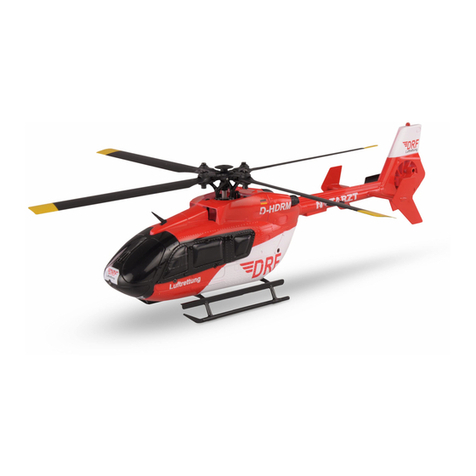
Amewi
Amewi AMXFlight AFX-135 User manual
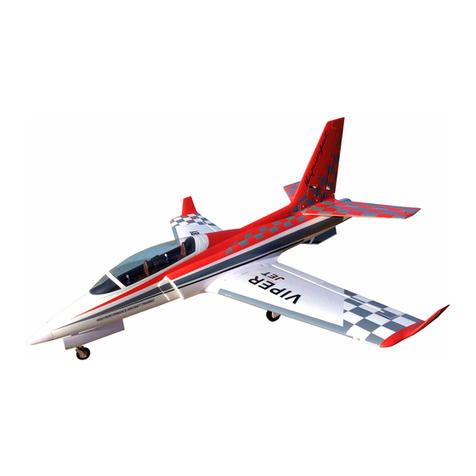
Amewi
Amewi AMXFlight VIPER JET V4 User manual
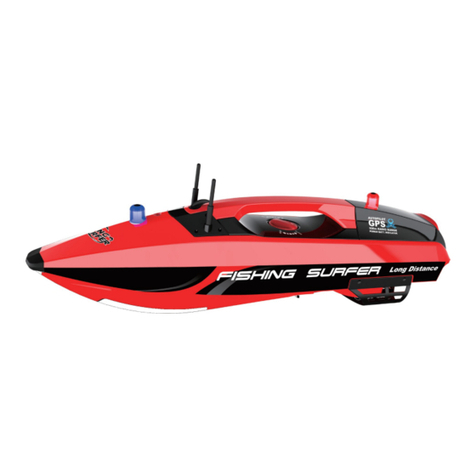
Amewi
Amewi FISHING SURFER V2 User manual

Amewi
Amewi 22524 User manual
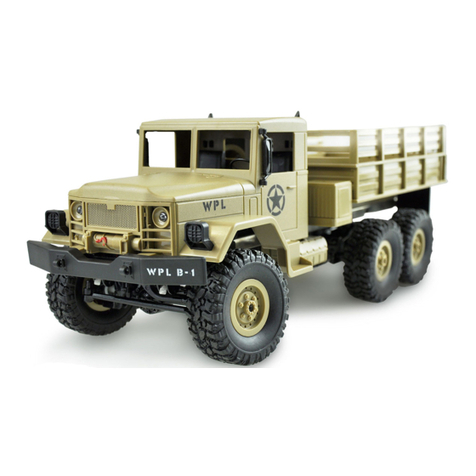
Amewi
Amewi VISIONS 22353 User manual
Popular Toy manuals by other brands

FUTABA
FUTABA GY470 instruction manual

LEGO
LEGO 41116 manual

Fisher-Price
Fisher-Price ColorMe Flowerz Bouquet Maker P9692 instruction sheet

Little Tikes
Little Tikes LITTLE HANDIWORKER 0920 Assembly instructions

Eduard
Eduard EF-2000 Two-seater exterior Assembly instructions

USA Trains
USA Trains EXTENDED VISION CABOOSE instructions

